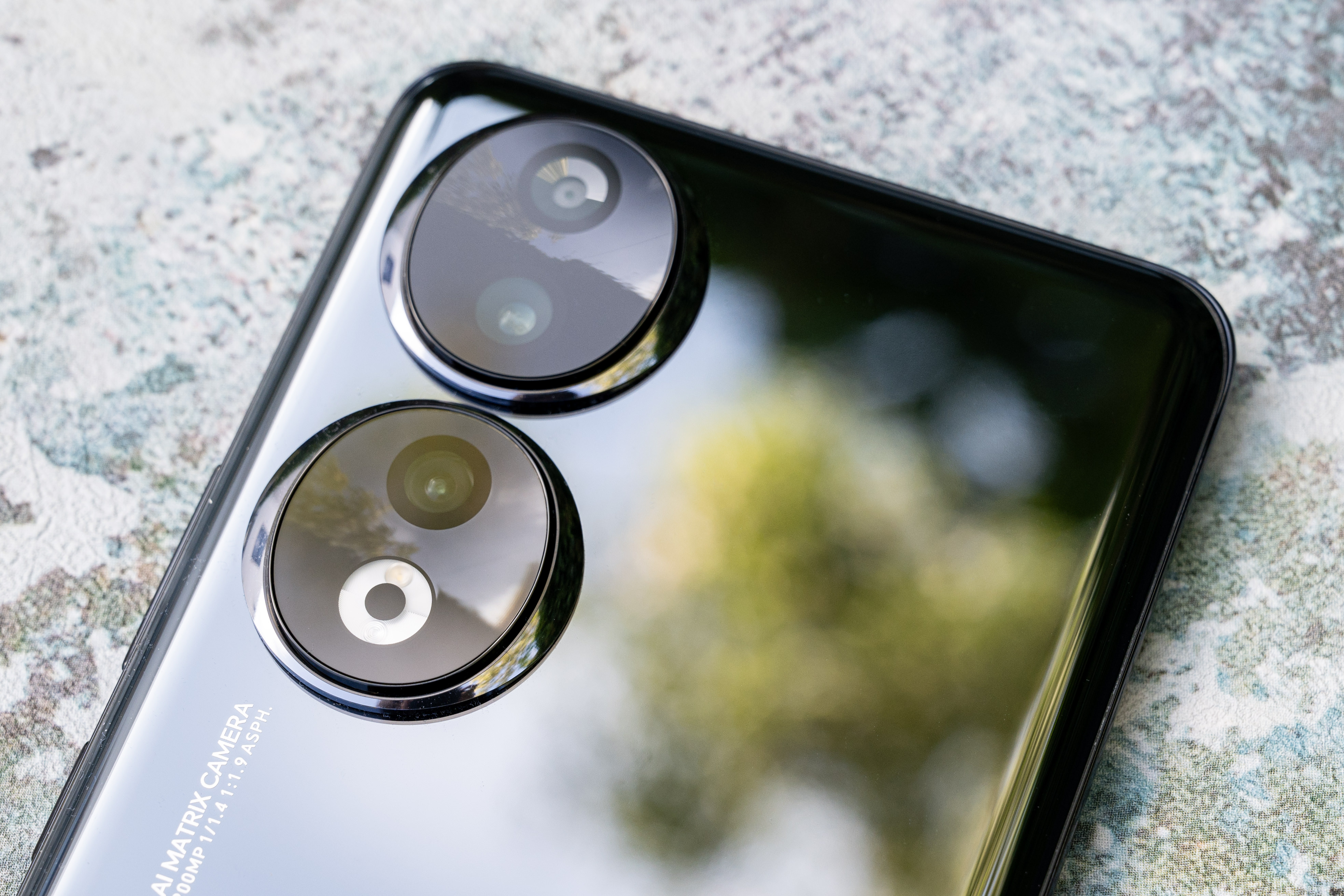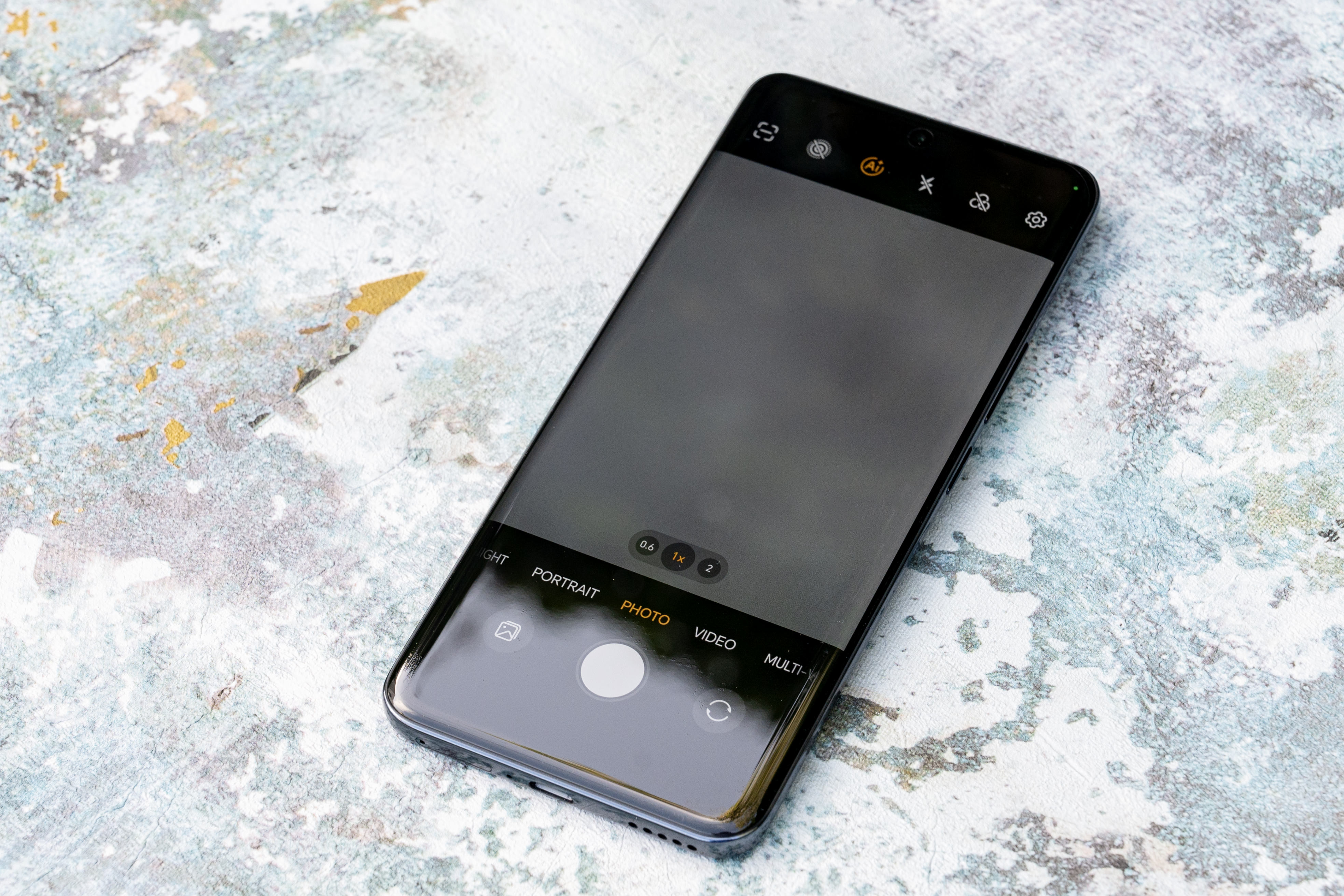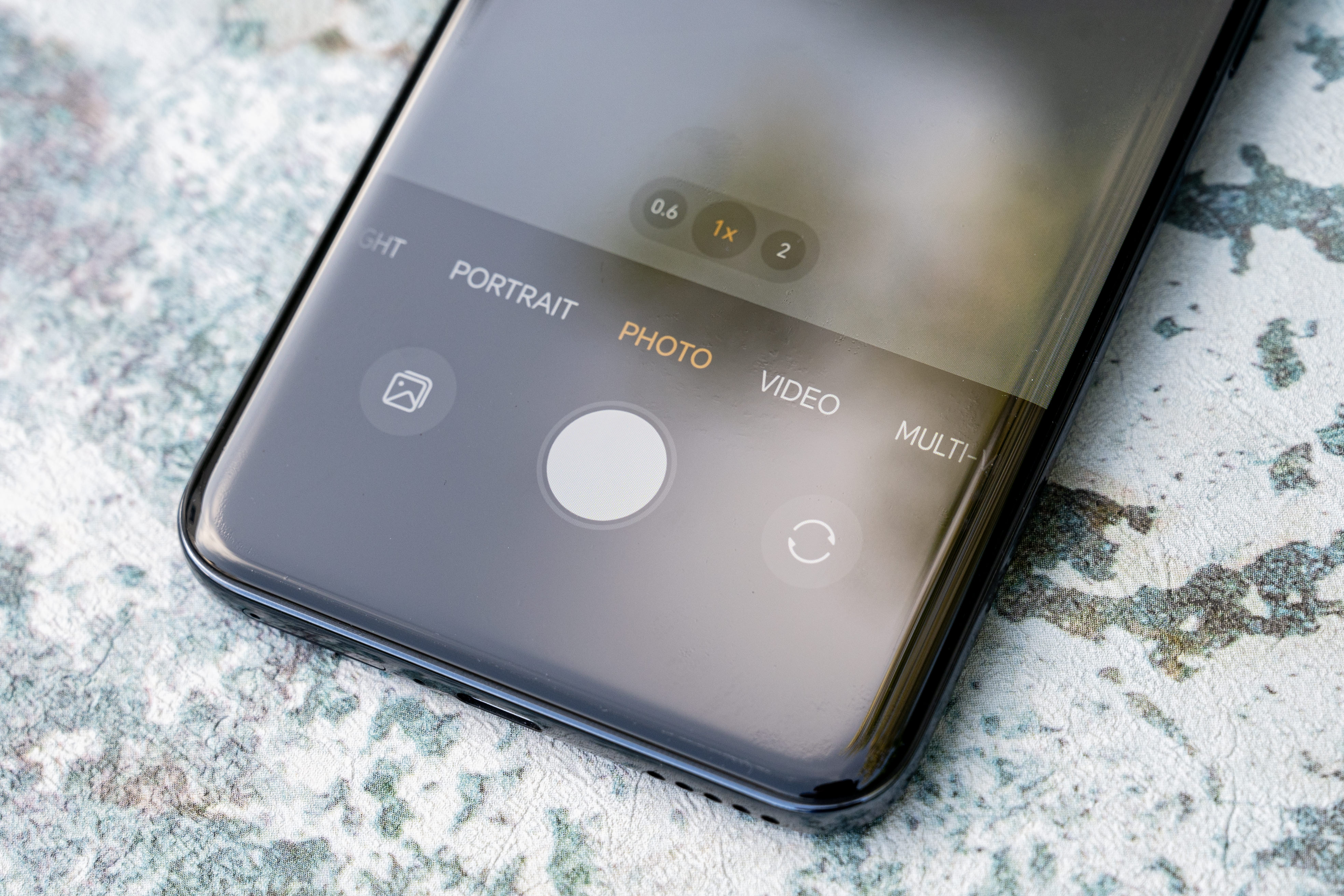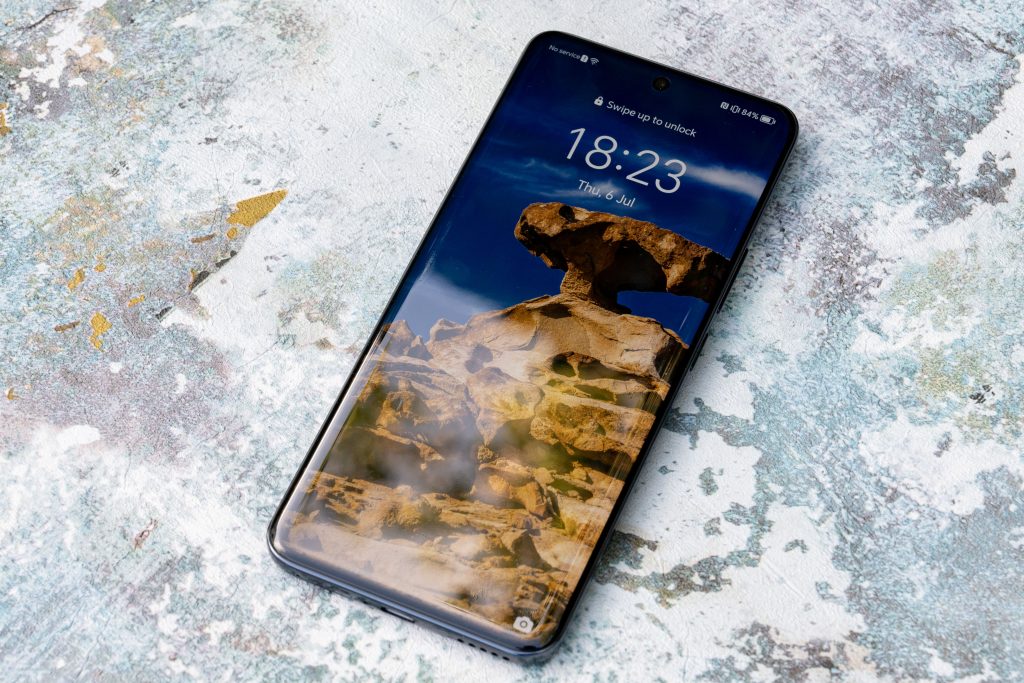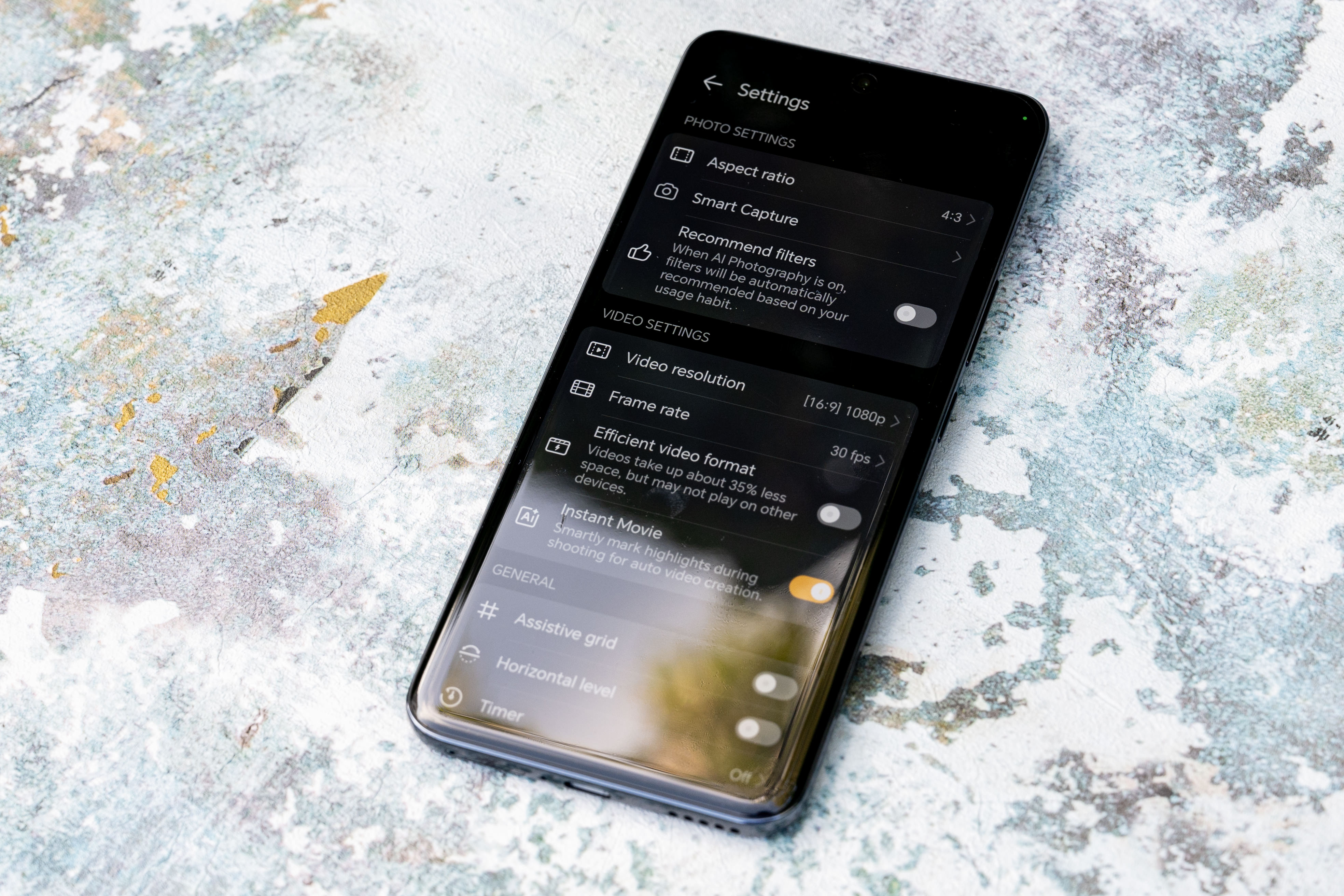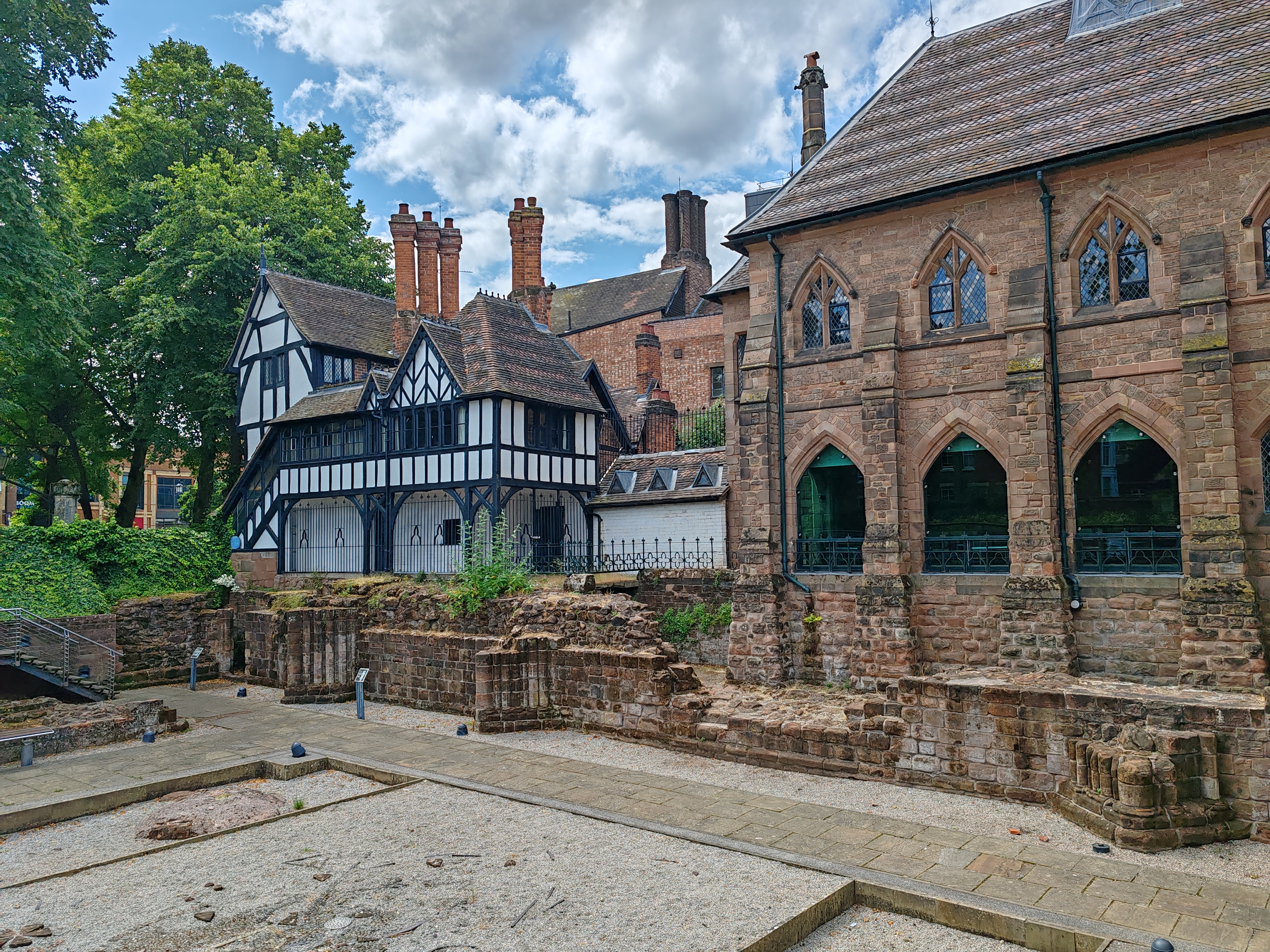Amateur Photographer verdict
We found the Honor 90 to be a really good all-rounder: a decent quality main camera, it produces good images in all but the most challenging situations. Fantastic value, too.- Terrific value right now
- 4K video
- Stylish appearance
- Macro image quality (off screen)
Middle position in Honor’s current-line up of smartphones, the Honor 90 is designed with a range of features at a much more affordable price than its flagship models.
There are compromises elsewhere. While you get a headline-friendly 200MP main camera, there’s no telephoto camera. However, as something that doesn’t break the bank and provides a good all-round camera experience, it could be just the ticket.
At a glance
- From $290 / £299 – £400 approx.
- 200MP wide camera, f/1.9 aperture, PDAF
- 12MP ultra wide and macro camera, f/2.2 aperture, AF
- 2MP depth camera, f/2.4 aperture
- 50MP f/2.4 selfie camera (fixed focus)
- 6.7-inch AMOLED Quad-curved floating display, 120Hz
- 4K video at 30fps
- 1080p video at 60/30fps
- Android 13
- Processor: Snapdragon 7 Gen 1 Accelerated
- hihonor.com
Features
At its current price, it competes extremely well with other mid-range models such as the Samsung Galaxy A54, and is cheaper than the Xiaomi 12T Pro. It’s even less at present than the Oppo Reno8 Pro. There’s also currently some decent offers.
So, what do you get for your mid-range money? For starters, there’s the aforementioned 200MP main camera, with an 1/1.4” inch sensor that is larger than the previous model’s version. This is joined by an f/1.9, 27mm equivalent lens. An ultra-wide 12MP camera module is also included, with an f/2.2 16mm equivalent lens. A third 2MP f/2.4 camera is a “depth” camera and can be used for assisting with creating portraits and shallow depth-of-field effects. However, this is not selectable by itself.
There are 4K video options, though these are limited to 30fps. Unsurprisingly, there’s no 8K available; this still generally reserved for top-level flagship models, but 4K is more than adequate for most users. Full HD at 60/30fps is also available.
You get storage options between 256GB / 512GB – and with only a small price bump for the latter. There’s 6.7-inch AMOLED screen and a 5000 mAh battery with the ability for very quick charging using Honor “SuperCharge”. The battery can be powered up to 45% in just 15 minutes with a 66W charger (not provided in the box as standard). Wireless charging is not available – a common factor among mid-range smartphones.
Handling and design
The 6.7” AMOLED screen makes the Honor 90 slightly on the large side, in keeping with the current trend. It’s the same size as the Oppo Reno 8 Pro 5G’s screen, a little smaller than the flagship models like the 6.8” Samsung S23 Ultra, and larger than some other mid-range options such as the 6.1” Google Pixel 7a and the 6.4” Samsung Galaxy A54.
Smartphone screen size is a matter of personal preference – a large one like this can be awkward to use one-handed, but it makes videos, photos and other entertainment look good. With its high resolution of 2664 x 1200 and 120Hz refresh rate, it’s an excellent screen – especially for the price. Much more detailed than other mid-range options like the Oppo Reno 8 Pro and Google Pixel 7a.
Apart from the dimensions of the device, the design itself is very sleek, with nicely curved edges and an ultra-shiny finish for the “Midnight Black” colourway we’ve been using. Emerald Green, Peacock Green and Diamond Silver are also available with a matte finish.
The camera units themselves are housed in two separate small round protruding units at the back of the phone. One contains the main and ultra-wide cameras, while the other contains the depth camera and the flash unit. It’s a distinctive, striking look.
As a mid-range phone, there’s no special promises of toughness here, so it’s worth investing in a case to protect it from drops and scratches. That said, during our tests it was used case-free and survived unblemished.
Native camera app
You might be forgiven for thinking that as a mid-range model, the native camera app could be limited. However, similar to other Android devices, the Honor 90’s standard photo app is very well-featured with lots of choice of shooting modes.
The default Photo mode is what most people will probably use for the majority of their photos. In this mode, you can access the 0.6x and 1x lens, but also a 2x digital zoom option directly by tapping on the numbers shown on the screen. To zoom even further digitally, you can also pinch on the screen to a maximum of 10x.
Other options here include switching on AI Photography (where settings are tweaked automatically to match the scene), enabling a flash and different digital filters, and switching on Moving Photos. A more extensive group of settings can be found by tapping on a cog icon, giving you options to change things like aspect ratio, switch on a grid and a level, and so on.
In this mode, you’ll find that “Night” is automatically activated when low light levels are detected, while “Super Macro” will engage if you get close to a subject (at which point, the app will switch to using the super-wide camera).
Along the bottom of the screen, there’s a host of other shooting options. These include Portrait mode for photographing human subjects with a shallow depth of field, a selectable Night mode, and an Aperture mode, which gives you the option to create shallow depth of field effects with any subject.
There’s a Video mode, plus a “Multi Video” mode, which allows recording from both the rear and front cameras at the same time. Tap “More”, and you’ll also find a range of additional shooting options including HDR photo, Slow-Mo, Panorama, and so on. Pro mode and High-Res mode might be of interest here.
With Pro mode, you can control certain shooting parameters, such as shutter speed, ISO, exposure compensation and white balance. Here, you’ll also find the ability to shoot in raw format. High Res mode is fairly self-explanatory, but it allows you to take advantage of the full 200MP of the sensor, rather than the pixel-binned 12MP images it produces as standard. It’s recommended that you use High Res mode in good light for the best results.
The Video mode is fairly simple, with 4K available at 30fps. You can also switch on AI and have the phone automatically choose the best video mode for the purpose too, with Portrait Video, HDR Video, Close-Up, Multi-Video and Solo-cut available for the machine to choose between.
Image quality and performance
As we often find with smartphones, particularly in the middle of the range, the Honor 90 is very capable of producing some great shots in good conditions. If light is good, there’s not too much contrast. Images from the main sensor are detailed, vibrant and look especially good on the screen, but also stand up reasonably well to closer inspection on a computer.

Unsurprisingly, the images from the ultrawide angle lens aren’t quite as good, particularly in lower light, with some smudginess on display; but this is only really obvious when zooming in on images – they’re perfectly good for social media and the like.
As there’s no telephoto zoom lens here, you’re left with the digital zoom option. But, with 200MP available from the main sensor, a crop actually produces decent results for the 2x option – again particularly if you don’t intend to examine too closely. Further digital zooming is generally best avoided.
We’ve often found before that an AI mode can go a bit wild with colours, oversaturating blues and greens, but things appear to be a bit more controlled here, to the point where it’s hard to say exactly what the AI is doing in most cases.
The Night mode copes quite well, with the best results seen from the main lens. There is a bit of smudging in some areas of the frame, but the overall impression is pretty good. The ultrawide lens puts in a reasonable performance; but again, it’s best not examined too closely. Portrait mode does a good job on the whole, with the Depth camera coming in to help create a realistic outline. So long as the subject’s outline isn’t too fussy, you get a reasonably good result, with both the 1x and 2x options both performing quite well.
High-Res mode shows off the full 200MP available from the main sensor, but the results aren’t great if light is anything less than super bright. Our image here taken in good light is quite smudgy and missing in detail – with the standard 12MP output file much better. It doesn’t seem like a mode you’ll actually want to use that often.

The SuperMacro mode allows you to get super close to a subject, and while the results look reasonable on the phone screen, as soon as you get them on a larger screen, you can see some loss of detail. Again, if you’re only ever looking or sharing on your phone, this is less of a problem. There are much better smartphones for macro on the market, but they tend to come with a much higher price premium than the Honor 90, so it’s not so bad for a mid-range device.
The standard video options produce fairly smooth, steady and well-detailed video when used in good light.
You can use either lens and digital zoom when shooting in all resolutions. If you’re an advanced vlogger or content creator looking for a range of different shooting modes and higher resolutions, such as 4K 60p or even 8K, this won’t be the phone for you, but for the average user who just wants to grab video clips of certain moments, the Honor 90 is more than adequate.

Value for money
These days, high-end smartphones can cost a relative fortune. Models like the Honor 90 that sit in the mid-range can save you a tonne of money if you’re willing to compromise on certain features.
For the price, the Honor 90 is a decent performer for photographers – particularly if you’re happy to stick with the main camera and aren’t too worried about telephoto performance, or don’t need something fairly niche such as 8K video recording.
It compares extremely well with flagship models, even from Honor’s own range such as the Honor Magic 5 Pro, pricewise, and is several times cheaper than bigger-name flagships from the likes of Samsung and Apple. In terms of other mid-range competitors, it’s also good value for money, offering a good main lens, a stylish device and a broad functioning native camera app. Arguably, only the Oppo Reno8 Pro offers better value for money right now.
Honor 90 verdict
Honor has been produced some great smartphones for some time now, and the Honor 90 continues that legacy. If you’re not bothered by the bigger names, flagship models and high prices, then it’s always worth looking at what the company is up to.
The Honor 90 is ideal if you’re looking for something that can handle a variety of different shooting situations reasonably well, but don’t need all the extra advanced features that others bring. It’s fair to say that image quality from other models is better in certain circumstances, such as macro, but if you’re happy with most everyday shots being well taken care of, it’s a great buy.
Related content:
Follow AP on Facebook, Twitter, Instagram, YouTube and TikTok.




